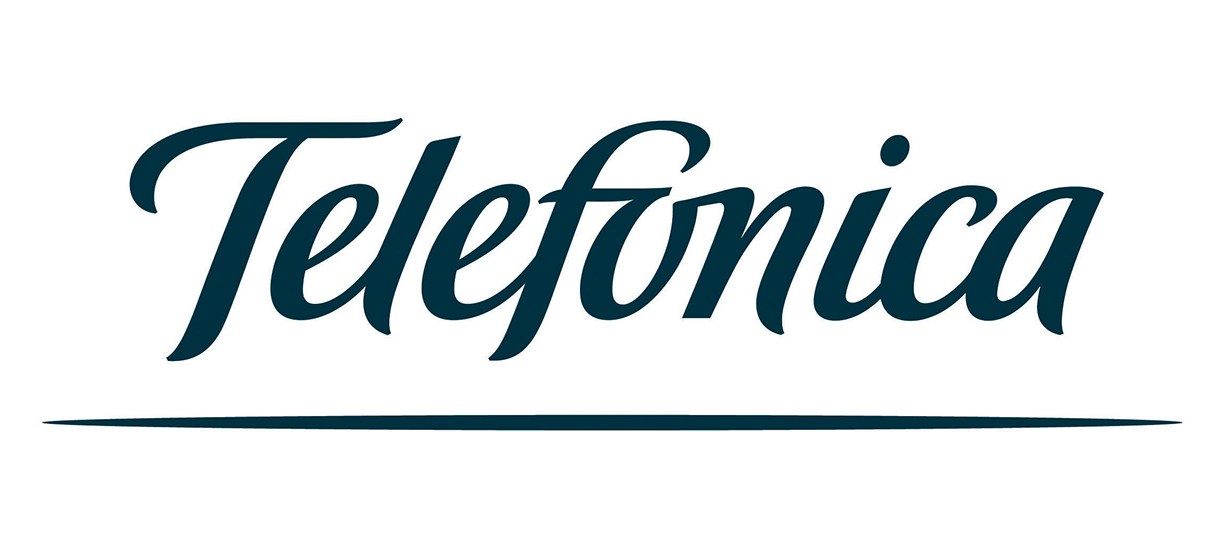- This technology provides computing and storage at the edge of the network to allow massive data processing, low latency and real-time decision-making, key factors in implementing the new 5G services and ensuring IoT massification
- It provides ultra-fast access similar to that offered by the traditional model of deploying end users’ equipment in offices, factories, shops and homes but also brings the benefits of the cloud model
- With the deployment of the Virtual Data Centre Service in edge nodes in Seville, Telefónica is extending its infrastructure as a service solution to Andalusia so as to contribute to innovation and economic development in the region
Seville, 26 November 2020.- Today, at the TIS-Tourism Innovation Summit being held in Seville, Telefónica announces the deployment in the city of edge nodes, an infrastructure to allow the processing and storage of data very close to customers and the devices that generate it. The Virtual Data Centre Edge (VDC-Edge) service will be provided from these locations in Telefónica’s Edge, joining the nodes that already exist in Madrid and Barcelona. Telefónica is particularly well-positioned to capitalise on the potential provided by this new technology as a result of the capillarity of its extensive network and the proximity to end users of its Central Offices where the edge nodes are located. They directly connect the optical fibre that reaches homes and mobile base stations, thus reducing the number of intermediate network elements that bring unnecessary delays and providing the speed of computing typical of a terminal at a cost similar to that of conventional cloud solutions.
Edge Computing is the technology destined to revolutionise the Internet of Things (IoT) and the cloud. The capabilities offered by the Edge Computing nodes, together with Telefónica’s extensive fibre network and the progressive implementation of 5G, open the gateway to a wide array of state-of-the-art services. Services that require these data processing capabilities and around 10-millisecond latencies and which are set to be key to driving Industry 4.0. For example, medical imaging and 8K video for cancer screening, Artificial Intelligence for real-time decision-making, multi-site and distributed robotics, virtual, augmented and mixed reality solutions, online video games, touch screen internet and future autonomous vehicles, among many others.
“Edge Computing provides a unique opportunity to bring the latest technology to all areas of society, enabling in regional locations capabilities previously only available in large centralised data centres. Thus, strategic sectors for the Andalusian economy such as tourism, aeronautics, agri-food and ports can significantly improve their competitiveness and create new and differential solutions”, declared Emilio Torres, head of VDC and Hosting at Telefónica Tech.
VDC-Edge enables companies and public administrations to enjoy the benefits they would obtain if they deployed their systems and applications on-premise, in other words, in their own facilities, offices, factories or shops. Features such as low latency, the management of large volumes of data with high bandwidths without any loss of quality and the security offered by the proximity of the data are fundamental advantages over traditional cloud solutions.
In addition, like cloud solutions, Edge Computing allows customers access to the latest technologies and maximum flexibility, efficiency and scalability so as to adapt the infrastructure to their needs at any time, thus avoiding having to make large investments in IT to cope with specific workload peaks. Moreover, with the edge, customers can benefit from high security for their data, given that they never leave Telefónica’s network, as the servers where data is stored and processed are located on its network.
With VDC-Edge Telefónica is taking another step in the evolution of its VDC services that it has offered over the last eight years under the IaaS (Infrastructure as a Service) model, as it now provides its customers with an infrastructure located in edge nodes, for running their applications, thus enabling new scenarios for real-time computing, use of graphics processing units (GPUs) and access to high-performance and low-latency networked storage.








